Emperor Qin Shi Huang was the first emperor of a unified China. He reigned from 221-210 BCE.
Emperor Qin Shi Huang, born in 259 BCE, unified China in 221 BCE. His reign marked the beginning of the Qin Dynasty, which brought significant reforms and advancements. He is best known for standardizing the Chinese script, currency, and measurements.
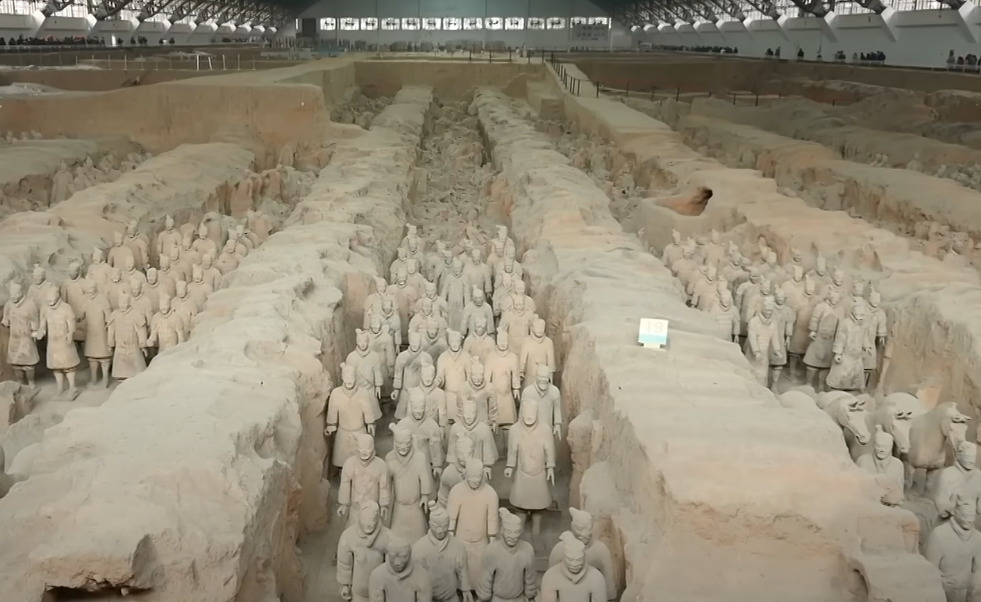
Under his rule, the construction of the Great Wall of China began to protect against invasions. His mausoleum, guarded by the famous Terracotta Army, remains one of the most significant archaeological sites. Qin Shi Huang’s centralized bureaucratic system laid the foundation for future Chinese governance. His ambitious projects and autocratic rule left a lasting legacy on Chinese history and culture.
Rise To Power
Emperor Qin Shi Huang is a legendary figure in Chinese history. Known for his significant contributions, his rise to power marked a new era. His achievements laid the foundation for modern China. This blog delves into his early life and his remarkable unification of China.
Early Life
Emperor Qin Shi Huang was born in 259 BCE. His birth name was Ying Zheng. He was the son of King Zhuangxiang of Qin. As a child, he faced many challenges. His father passed away early, making him king at just 13 years old. Despite his age, he showed great wisdom and strength.
Several Qin Shi Huang historical facts highlight his early struggles:
- Born during the Warring States period.
- Became king of Qin at age 13.
- Showed remarkable leadership skills early on.
With the help of loyal ministers, he started consolidating power. His early reign focused on strengthening the state, with military campaigns and reforms as key strategies. His determination was evident from a young age.
Unification Of China
One of Emperor Qin Shi Huang’s most significant achievements was the unification of China. He conquered six other warring states and completed this monumental task by 221 BCE. The unification ended centuries of conflict.
Key actions taken during the unification:
State
Year Conquered
Han 230 BCE
Zhao 228 BCE
Wei 225 BCE
Chu 223 BCE
Yan 222 BCE
Qi 221 BCE
Emperor Qin Shi Huang introduced many reforms in China. He standardized weights and measures and unified the currency. His legal and administrative reforms helped maintain control over the vast empire.
These actions laid the groundwork for a unified Chinese culture. The Great Wall’s construction began under his rule. These efforts have cemented his legacy in history.
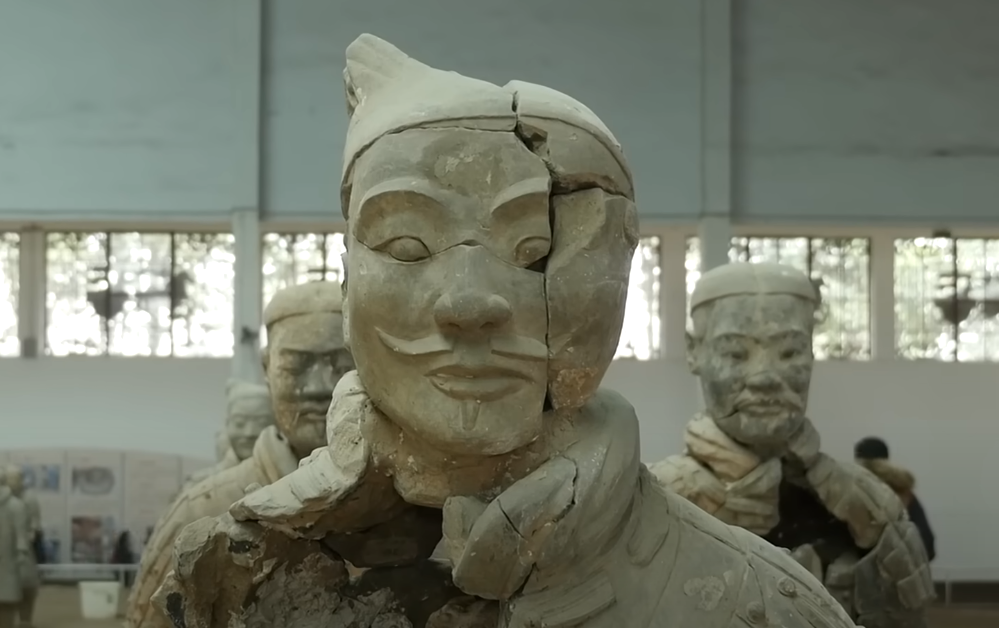
Table of Contents
Achievements
Emperor Qin Shi Huang was a powerful ruler who united China under one rule. His reign saw many achievements, and he is known for his ambitious projects. Emperor Qin Shi Huang’s achievements include the creation of the Terracotta Army and the construction of the Great Wall, which left a lasting legacy.
Terracotta Army
The Terracotta Army is one of the most famous historical facts about Qin Shi Huang. It is a collection of life-sized statues. These statues were made to guard the emperor’s tomb. The army consists of soldiers, horses, and chariots. Each figure is unique and lifelike.
Emperor Qin Shi Huang in China ordered the creation of this army. He wanted protection in the afterlife. The project took many years and thousands of workers. The figures are made of clay and were buried with the emperor.Emperor Qin Shi Huang in chinaEmperor Qin Shi Huang in chinaEmperor Qin Shi Huang in china
Key points about the Terracotta Army:
- Over 8,000 soldiers
- Over 130 chariots
- More than 670 horses
- Each figure is unique
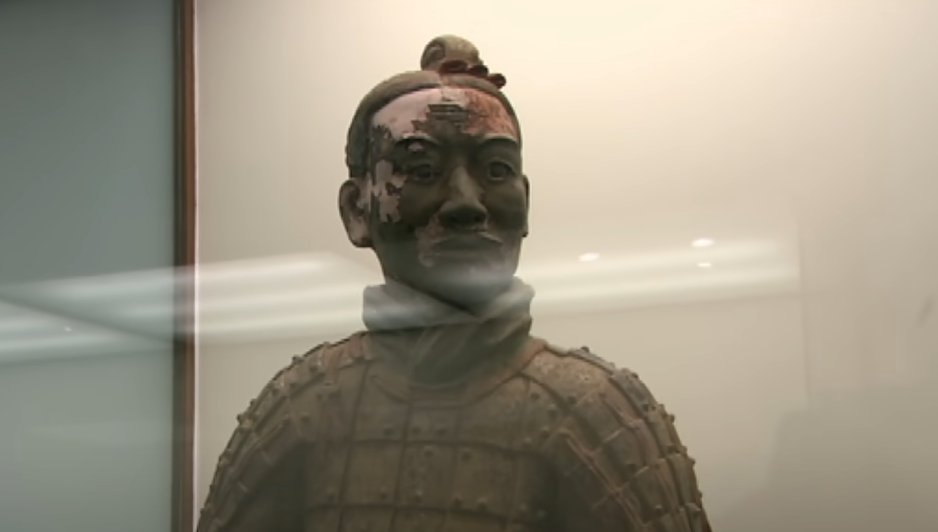
Great Wall Construction
The Great Wall of China is another significant achievement of Emperor Qin Shi Huang. Built to protect China from invaders, it stretches over 13,000 miles and took many years and many workers.
Emperor Qin Shi Huang in China initiated this massive project. The wall was built using various materials, including earth, wood, bricks, and stones. The wall is not just one continuous wall but a series of walls and fortifications.
Important details about the Great Wall Construction:
- Length: Over 13,000 miles
- Materials: Earth, wood, bricks, stones
- Purpose: Protection from invaders
- Builders: Thousands of workers
These Qin Shi Huang’s historical facts showcase his vision. His projects required immense effort and resources, and Emperor Qin Shi Huang’s achievements continue to fascinate people today.
Legal Reforms
Emperor Qin Shi Huang was the first emperor of China. He ruled from 221 BC to 210 BC, marking a significant period in Chinese history. He is famous for his many reforms and achievements. One of his most notable contributions was his legal reforms, which played a crucial role in shaping China. He implemented a series of changes that had a lasting impact on the country.
Standardization Of Laws
Emperor Qin Shi Huang introduced the standardization of laws, which was a major step towards unifying China. Before his reign, different regions had their own laws, which caused a lot of confusion and disorder. The emperor decided to create a single set of laws for the entire country, which made it easier to govern the vast land.
Standardized laws helped in several ways:
- Reduced confusion: People no longer had to remember different laws.
- Increased fairness: Everyone was subject to the same rules.
- Improved governance: Officials could enforce laws more effectively.
These laws covered various aspects of daily life, including rules on trade, property, and crime. The emperor’s legal reforms also introduced strict punishments, which deterred people from breaking the law. The standardization of laws brought order and stability to the empire.
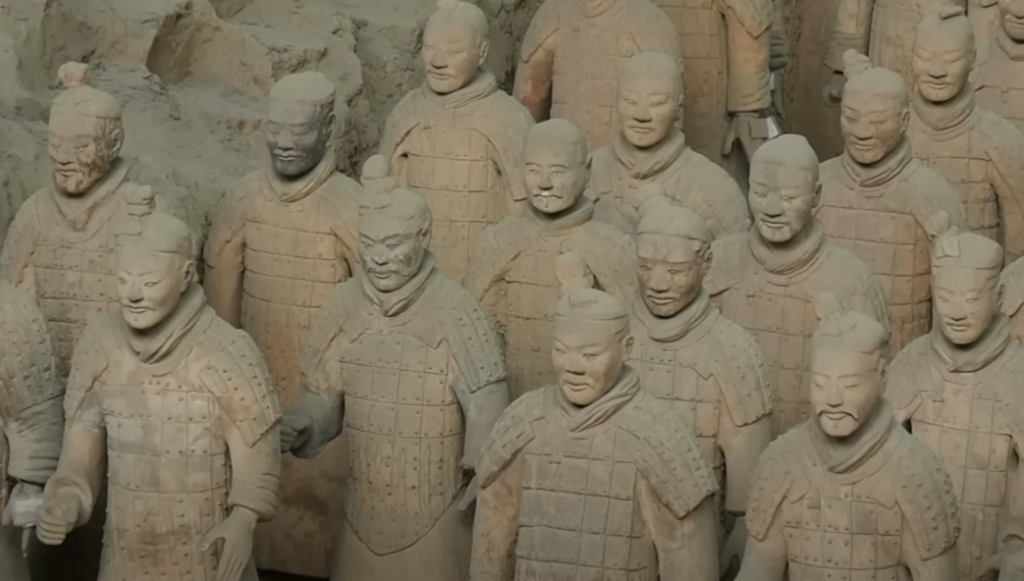
Centralized Governance
Emperor Qin Shi Huang also established a centralized governance system. This was another important reform during his reign. He abolished the old feudal system. The feudal lords had too much power. This made it difficult to control the country. The emperor replaced them with officials who were loyal to him.
Centralized governance had many benefits:
- Better control: The emperor had direct control over all regions.
- Increased efficiency: Decisions could be made faster.
- Less corruption: Officials were closely monitored.
The emperor divided the country into administrative units. Each unit was governed by an appointed official who reported directly to the emperor. This system ensured that all parts of the empire were governed uniformly and made it easier to implement the emperor’s policies.Emperor Qin Shi Huang in chinaEmperor Qin Shi Huang in chinaEmperor Qin Shi Huang in china
Cultural Impact
Emperor Qin Shi Huang was a powerful leader in China. He united China and built many great things. His rule left a deep mark on culture. His impact is still seen today. This article explores his influence on philosophy, religion, literature, and arts.
Philosophy And Religion
Emperor Qin Shi Huang brought big changes in philosophy and religion to China. He supported Legalism, a strict way of ruling that focused on strict laws and harsh punishments.
Under his rule, other philosophies like Confucianism and Daoism were not favoured. He believed that strict regulations would keep the country strong and united.
Emperor Qin Shi Huang’s legacy also includes his quest for immortality. He sought out elixirs and potions to live forever, which led him to travel and explore many places.
Here are some key points about his influence on philosophy and religion:
- Supported Legalism
- Discouraged Confucianism and Daoism
- Sought immortality through magic and potions
Literature And Arts
Emperor Qin Shi Huang made big changes in Chinese literature and the arts. He ordered the burning of many books because he wanted to control people’s information. Only books on medicine, farming, and prophecy were kept.
One of his most famous legacies is the Qin Shi Huang, terracotta warriors. These clay soldiers were buried with him. They were meant to protect him in the afterlife. The terracotta army is a huge collection of sculptures that show the art of that time.
During his rule, the Great Wall was also built. This massive project, which showed great skill in architecture, was built to protect China from invaders.
Here are some important points about his influence on literature and arts:
- Ordered book burnings to control knowledge
- Created the famous Terracotta Warriors
- Started the construction of the Great Wall
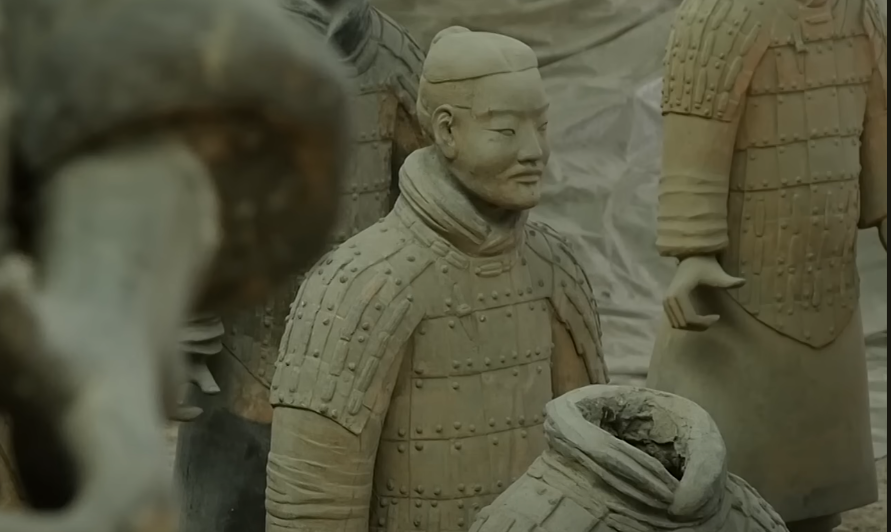
Legacy
Emperor Qin Shi Huang in China is one of the most famous figures in Chinese history. He is known for his incredible achievements and his lasting impact. His legacy is still felt today, and many of his decisions shaped the future of China. From unifying the warring states to constructing the Great Wall, his reign marked a significant turning point in Chinese history.
Influence On Future Dynasties
Emperor Qin Shi Huang in China set the stage for future dynasties. His policies and reforms influenced many generations. One of his most important achievements was the standardization of Chinese script. This made communication across the empire much easier. He also standardized weights and measures, which helped trade and commerce.Emperor Qin Shi Huang in chinaEmperor Qin Shi Huang in chinaEmperor Qin Shi Huang in chinaEmperor Qin Shi Huang in china
The Qin Shi Huang unification of China ended the period of the Warring States. This unification brought peace to a land torn by conflict. His centralized system of government became a model for future rulers. They adopted many of his ideas to maintain control over their territories. He also built an extensive network of roads and canals. These projects improved transportation and boosted the economy.
Here are some key impacts of his reign:
- Standardized Chinese script
- Unified weights and measures
- Centralized government system
- Construction of roads and canals
Historical Perception
Qin Shi Huang’s legacy is a mix of admiration and criticism. Some historians praise his achievements. They highlight his role in unifying China and his contributions to Chinese culture. Others criticize his harsh methods. His rule was marked by strict laws and severe punishments.
His construction projects, like the Great Wall, are marvels of engineering. But they came at a high cost. Many workers died due to the harsh conditions. His burning of books and burying of scholars are seen as acts of tyranny. These actions were meant to control thoughts and ideas, but they also destroyed valuable knowledge.
Despite these controversies, his impact on Chinese history is undeniable. He laid the foundation for a unified China, and his influence can still be seen in modern China. His story reminds us of the complexities of leadership and power. Qin Shi Huang’s reign continues to be a subject of study and debate among historians.
Frequently Asked Questions
Who Was Emperor Qin Shi Huang?
Emperor Qin Shi Huang was the first emperor of a unified China, ruling from 221 to 210 BCE.
What Is Qin Shi Huang Known For?
Qin Shi Huang is known for unifying China and initiating the construction of the Great Wall.
How Did Qin Shi Huang Unify China?
Qin Shi Huang unified China by conquering rival states and centralizing power under a single imperial rule.
What Was The Terracotta Army?
The Terracotta Army is a collection of life-sized statues buried with Qin Shi Huang to protect him in the afterlife.
Why Is Qin Shi Huang’s Tomb Important?
Qin Shi Huang’s tomb is important for its historical significance and for housing the Terracotta Army.
Conclusion
Emperor Qin Shi Huang left a lasting legacy in China. His contributions shaped the nation’s history and culture. The Great Wall and the Terracotta Army stand as testaments to his reign. Understanding his impact provides valuable insights into ancient Chinese civilization.
His influence endures, reminding us of China’s rich historical tapestry.


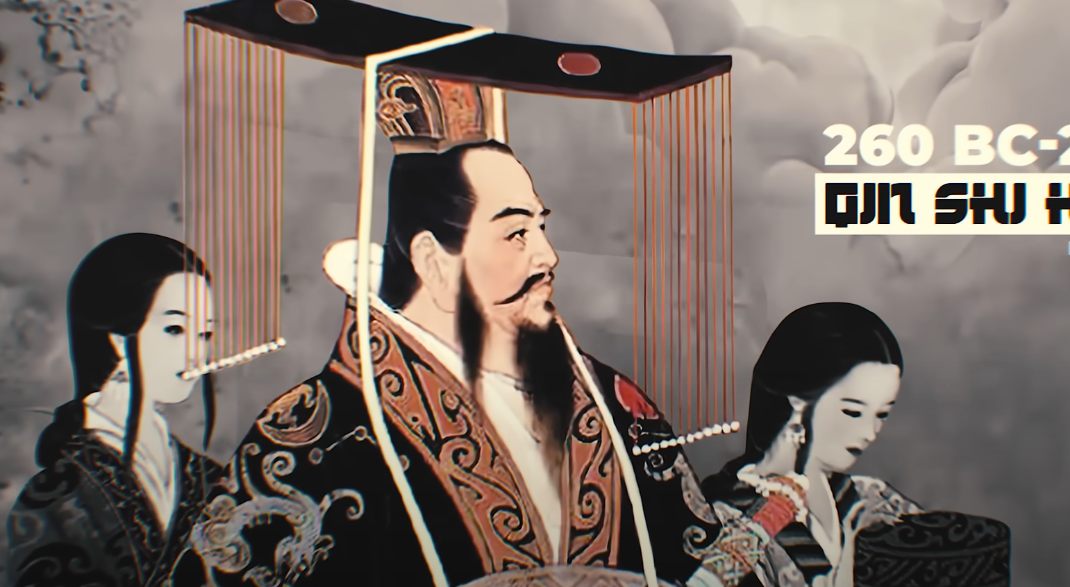





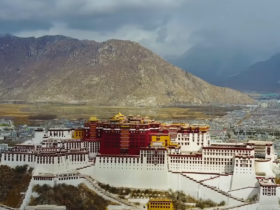
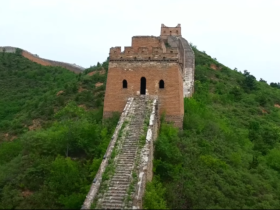
Leave a Review